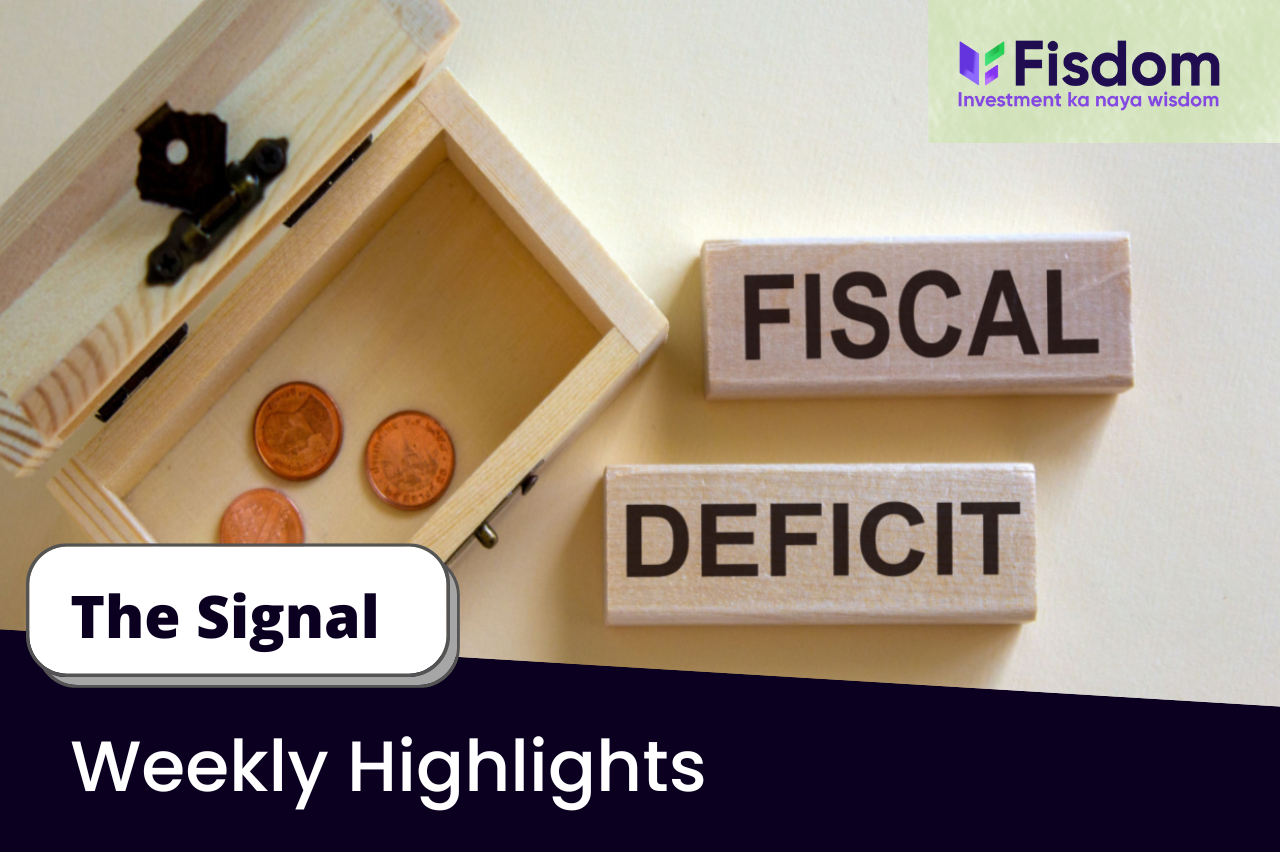Following Nirmala Sitharaman’s prescribed economic booster shot late last Friday, RBI decided to inject the Government coffers with a heavy dosage of surplus reserves of INR 1.76 lakh crore late evening yesterday.
This slew of economy-reinvigorating measures by the GoI and RBI’s large-hearted contribution comes amid a time when India is surrounded by a global, synchronized slowdown. This time, with global pressure mounting and the Indian economy staring at a downside risk of 30bps-40bps, RBI loosened its grip on fiscal prudence and seems to have acknowledged stimulus as the need of the hour.
The Bimal Jalan committee was set up under the stewardship of the renowned former RBI governor Bimal Jalan with an objective to recommend ways to utilize RBI’s excess cash reserve and part transfer to the Government of India. Though RBI has been among the most resilient Central Banks globally in terms of deviating from the established norms for fiscal prudence, the committee’s recommendations were reportedly guided by the fact that the central bank’s resilience should be in line with larger public policy objectives.
“The committee’s recommendations were based on the consideration of the role of central banks’ financial resilience, cross-country practices, statutory provisions and the impact of the RBI’s public policy mandate and operating environment on its balance sheet and the risks involved,” – RBI, in a release
Out of the INR 1.76 lakh crore, ~INR 1.23 lakh crore is expected to be released in the form of dividend for the year 2018-19 and the remainder as excess surplus being transferred. Notably, the government had already received INR 28,000 crore as an interim dividend and had estimated an additional INR 90,000 crore to be received as a final dividend – taking the expectation of annual dividend to INR 1.18 lakh crore for the FY – over INR 5 lakh crore lower than what RBI has declared.
Obviously, markets – equity and fixed income will cheer as Government coffers are filled and a colossal public expenditure in the form of upfront capitalization of state-run banks, massive infrastructure projects and similar are expected to reinvigorate the economy as a sum of improved liquidity, employment, and capital expenditure.
While the stimulus is the perfect band-aid for a scraped economy, what happens if the slowdown situation escalates beyond the scope of simple stimulus? Does RBI have enough ammo to fight a long battle? Considering that India is already running a budgetary deficit and is riding a weak sovereign rating which makes a large pool of capital inaccessible or expensive. However, there’s merit in waiting for RBI to publish its annual report for 2018-19 in the days to come for increased clarity.
Meanwhile, we view RBI’s move as proactive and expect this move coupled with the Government’s recently expressed intent on several economy-boosting measures to lend the economy a much needed fillip and lift sentiments which will be reflected in the form of increased inflows in Indian equities with a significant improvement in foreign portfolio investor participation and further softening of the benchmark and consequently, associated rates.
Investors must capitalize on the opportunity at hand and step up systematic plans to deploy capital into Indian equities to average cost at relatively lower levels so as to participate in a major part of the recovery cycle that has to follow. Continuing our stance on a fixed income, investors may choose to ride the yield curve but avoid venturing ahead of short to medium terms – medium being the most aggressive; and though the situation continues to improve, avoid taking credit risk.






















